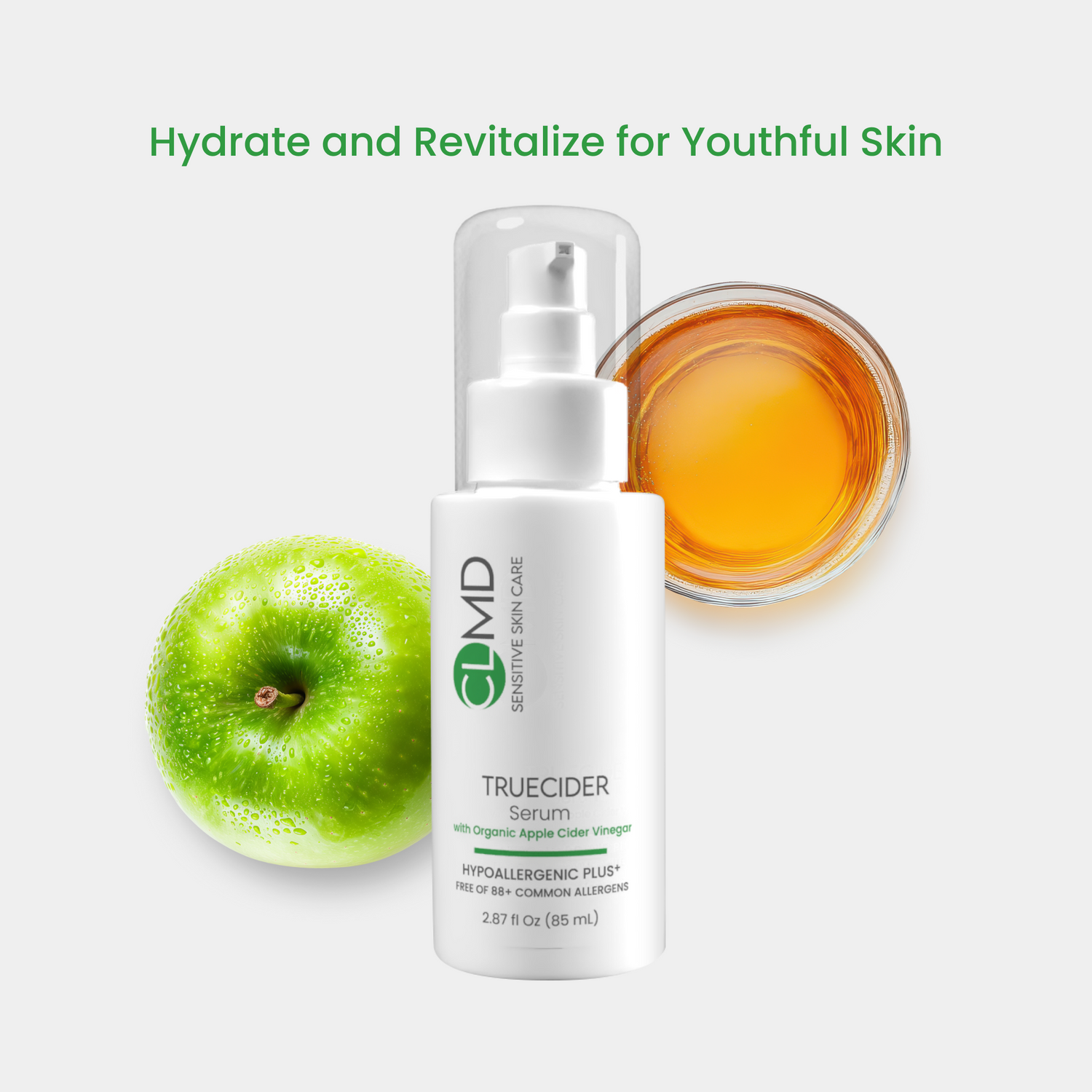

Understanding Eyelid Dermatitis
Introducing TrueLipids Complete Care for Eyelid Dermatitis
Real Reviews by Real Customers
Lisa G.
Brooke
Jamie B.
Healthy Skin Essentials for Eyelid Dermatitis
Eyelid dermatitis requires a delicate approach due to the thin, sensitive skin around the eyes. At CLMD, we use a science-driven approach to treat and manage this condition. Our products are formulated to address the unique challenges of eyelid dermatitis by soothing irritation, reducing inflammation, and restoring the skin’s natural barrier. By avoiding common allergens and irritants, our products work to reduce redness and discomfort while promoting healing. Our focus is on providing long-term relief with gentle yet effective formulations that support the delicate skin of the eyelids, ensuring they remain hydrated, balanced, and protected from future flare-ups.


#1: Eliminate Triggers


#2: Restore pH Balance


Deep Hydration and Skin Repair


Tested and Trusted
Real Life Results
See the difference for yourself. Our products are designed to deliver visible improvements in skin health, providing real results that speak for themselves. Experience the transformation as you nurture your skin with formulations made for sensitivity, comfort, and care.
Bundle Up
Timeless Trio
- Regular price
-
$ 87.36 - Regular price
-
$ 109.20 - Sale price
-
$ 87.36






Healthy Skin Essentials for Eyelid Dermatitis
-
Tailored for Sensitive Skin
-
Restores and Protects
-
Clinically-Proven Ingredients
Nurture Your Skin with Clean, Non-Toxic Formulas You Can Trust
-
Thoughtful Ingredient Selections
Learn MoreEach ingredient we use is chosen for its gentle yet effective properties. We prioritize skin-loving botanicals and scientifically backed components, creating formulations that enhance your skin's natural beauty. Our ingredient glossary provides clear information about the benefits of each component, so you can feel confident in your choices.
-
No Compromises
Learn MoreWe refuse to include the 88 common allergens, irritants, and harmful chemicals often found in conventional skincare. From fragrances to parabens, our formulations are designed to soothe, not stress your skin.
-

Personalized Solutions for Every Need














